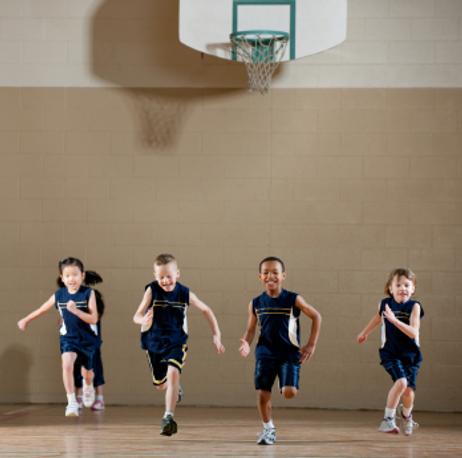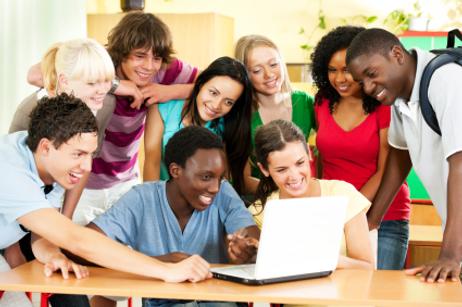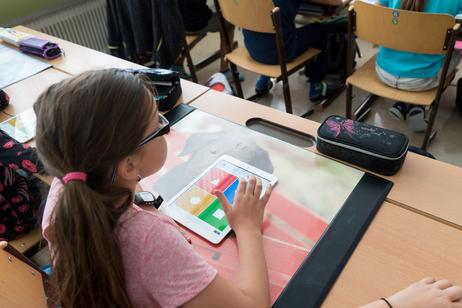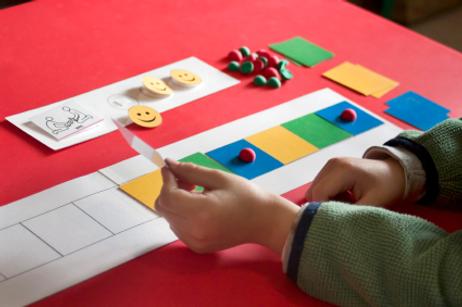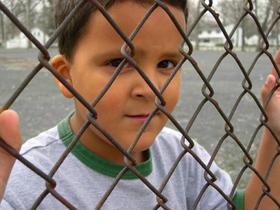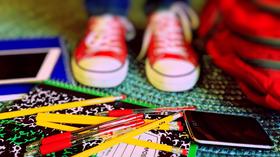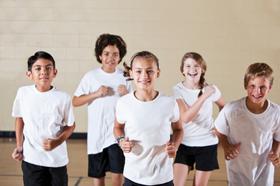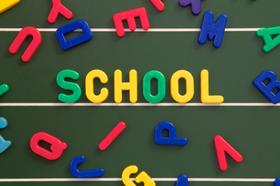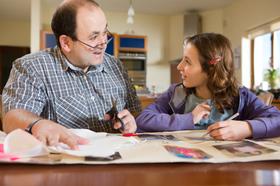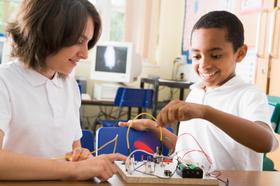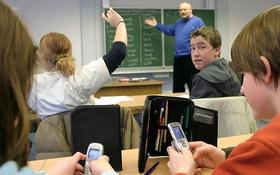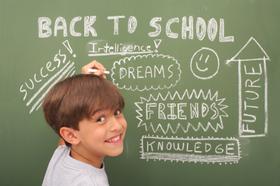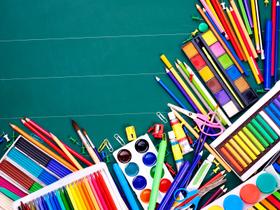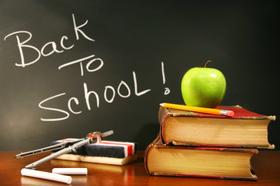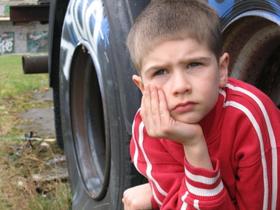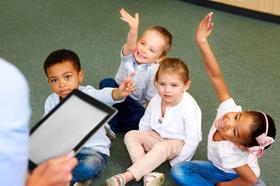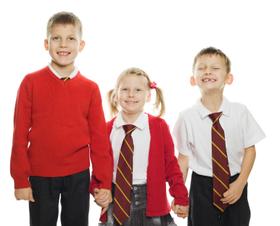As obesity levels and health issues are rising among young children and teens across the country, public schools are implementing new health and physical education programs to help prevent illnesses while striving to promote wellness. Some studies report that the new health programs not only help children to improve physically, but a schoolŌĆÖs wellness plan can also help students improve emotionally, behaviorally, and academically as well.
The Current Health Issues Facing Public School Students
Since 1997, America's Children in Brief: Key National Indicators of Well-Being has issued reports regarding American childrenŌĆÖs health and wellness. According to AmericaŌĆÖs Children, one of the biggest issues of concern among all public schools and parents is the rising percentage of overweight children: ŌĆ£In 1976ŌĆō1980, only 6 percent of children ages 6ŌĆō17 were overweight. [ŌĆ”] Most recently, in 2005ŌĆō2006, 17 percent of children ages 6ŌĆō17 were overweight.ŌĆØ
Paired with this, Asthma is another disease, in addition to weight, that is a serious concern for American children. According to studies, ŌĆ£Asthma is a leading chronic disease among children, and rates of childhood asthma have remained at historically high levels since the 1990s.ŌĆØ ┬ķČ╣╣¹Č│┤½├Įly, in 2006, 9 percent of children suffered from asthma.ŌĆØ
As schools are becoming increasingly aware of these issues, public wellness plans are designed to decrease obesity rates while also helping students cope with specific health issues, such as asthma, diabetes, and many others.
This TedTalk explains how quality, daily physical education in schools not only reduces obesity amongst our children, but

